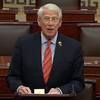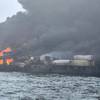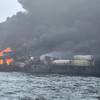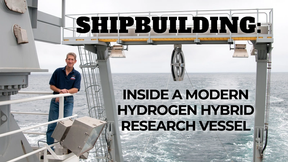IBIA Calls on Industry to Comply
Don Gregory, chairman of IBIA, says, "A global cap of 4.5 per cent sets down the maximum sulphur content in bunker fuel. It will be very disappointing indeed if we hear reports of fuel exceeding that very conservative limit".
Marpol Annex VI sets a 4.5 per cent global limit on sulphur content in bunker fuel. In addition suppliers will need to provide a bunker delivery note specifying density, viscosity and sulphur content. Suppliers are also obliged to take a sample in an approved manner, in case the vessel needs to present these at a future port state control inspection. "As chairman of IBIA, I believe that shipowners, charterers and suppliers should take the initiative and follow in the spirit of Marpol Annex VI by ensuring full compliance with the requirements," says Gregory.
Marpol Annex VI also sets regional limits of 1.5 per cent sulphur in the form of sulphur emission control areas (SECAs). The first SECA becomes active in the North Sea on May 19th 2007.
Ian Adams, IBIA secretary general says, "Marpol Annex VI has officially been ratified and came into force on May 19th, but not all individual countries have agreed to enforce the legislation.
"If a vessel takes on bunker fuel in a port that is not a signatory to Annex VI, owners should still insist the bunker supplier complies with the terms in the legislation, by providing a low sulphur fuel, a bunker delivery note and taking an approved bunker sample. Port state control in a county that has ratified Annex VI may ask to inspect all of these things, up to three years after the date of the bunker stem. It is no protection that the vessels' flag state, or the country that the fuel was bunkered in are not signatories to Annex VI. They must still comply."













